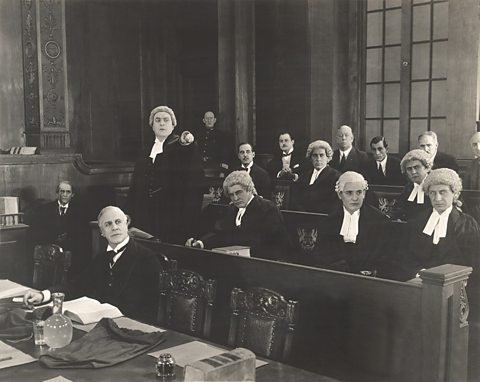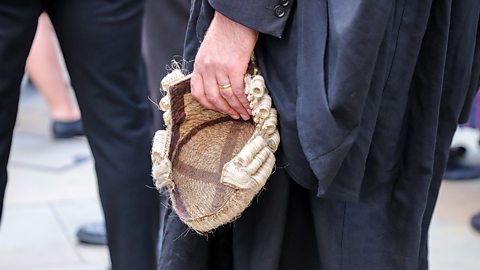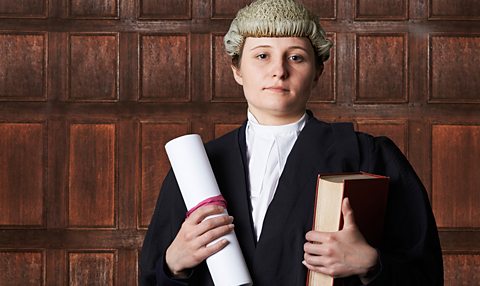Let’s explore the history of courtroom wigs
If you’ve ever seen a British courtroom either in real life or on TV, you might have wondered why the judges and barristers wear those wigs that look like something out of a period drama. Wonder no longer! This article puts these historical hairpieces in the dock for investigation.
Why did barristers start wearing wigs?

Although this tradition might seem as ancient as the British court itself, wigs didn’t make an appearance in courtroom clothing right up until the 17th century. In fact, if a barrister were to turn up to court wearing a wig before the 1700s, they would be breaking the dress code as the expected style up to this point was for lawyers to have clean, short hair and a beard.
However, over the reign of Charles II, wigs became fashionable in everyday life after an outbreak of syphilis left a large portion of the population bald. Over this period, wigs made of horse or human hair, also known as perukes, were all the rage for high society to hide their lice and symptoms of the sexually transmitted infection.
Barristers and judges, however, were late to the peruke party. The first widespread cases of members of the judiciary sporting the wig didn’t appear until around 1685, as the rest of society was starting to turn away from the trend.
By the 1840s, common law enforced that barristers were not to be heard in court without wigs and gown. The first recorded case of a barrister being dismissed from the court, due to a lack of wig, dates back to a barrister called Mr Bodkin, who was told by the judge presiding over the court that “I neither see nor hear Mr Bodkin.”

But why do barristers wear wigs today?
While solicitors and various other members of the judiciary have waved goodbye to wearing wigs over the years, the peculiar perukes remain a distinctive feature of barristers’ courtroom attire.
Barristers have cited various reasons for why the tradition of hairpieces have endured over history, with this feature of required court dress being largely popular among many of the legal eagles. These include bringing a sense of formality to the courtroom and emphasising the anonymity and separation from the rest of the court which is central to the barrister’s role.

Does the courtroom wig have a place in the 21st century?
To Zoe Chapman, a barrister at Red Lion chambers in London, the peruke can help overcome racial, gender, and age-related prejudices. that, "if you don’t meet the physical stereotypes of a barrister - male, white, perhaps older - it is helpful to wear the uniform because it stops any awkward conversations.”
On the other hand, some barristers, such as Leslie Thomas QC, have called for the wig to be banned from British courts on the grounds of racial exclusion. Despite the fact that wearing the peruke was made no longer mandatory under law in 1995, barristers can still face disciplinary action for contempt of court and breaching the code of conduct.
Mr Thomas argues that the wig is not inclusive of the diverse makeup of the legal field today, stating that, “if you have a big afro, it’s very difficult to have a wig perching on a big afro. It’s just ridiculous.”
People who wear headscarves or turbans due to religious reasons are not required to wear the peruke as long as their religious head covering is “sober coloured”, according to the Bar Council guide on court dress. However, no such exemption is made for people who wish to proudly express their black or minority ethnic identity with an afro hairstyle.

Where can I learn more about barristers and the law?
See young barristers in action – wigs included! - in a ±«Óătv mock criminal trial.
Or perhaps you're interested in the principles underlying the law in the UK?
Bitesize Careers has a range of guides about working in law, including job profiles on how to become a barrister and how to become a solicitor.